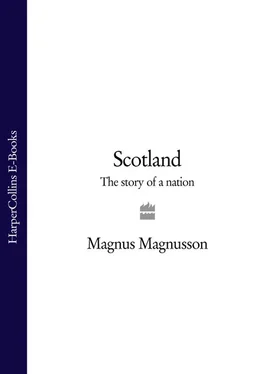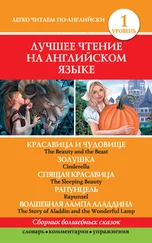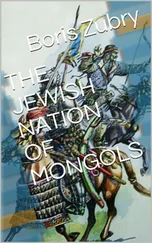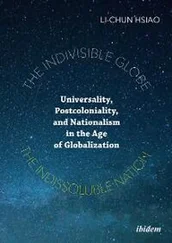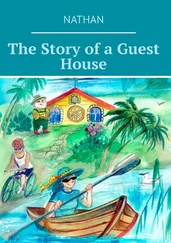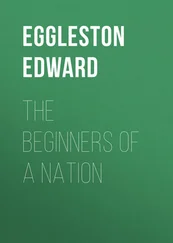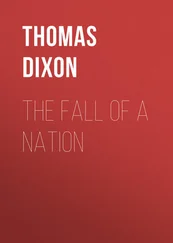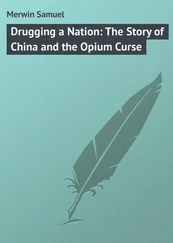History on the hoof, indeed, down the long, helter-skelter trail of Scotland’s quest for its identity through nationhood; it is a story of high drama and far-reaching change – change which has never been more striking than in recent years. The words which Sir Walter Scott wrote in the final chapter of his novel Waverley (1814), nearly two centuries ago, are even more relevant today:
There is no European nation which, within the course of half a century, or little more, has undergone so complex a change as this kingdom of Scotland.
Magnus Magnusson KBE
April 2000
1As a historian, Scott ‘was familiar with all the historical works of the Scottish Enlightenment as well as that of editors and antiquaries, and he knew also the medieval chroniclers. It is probably true to say that as a political and cultural historian of Western Europe he was better equipped with knowledge of both primary and secondary sources than any of his contemporaries.’ (David Daiches, ‘Character and History in Scott’s Novels’, in The Edinburgh Sir Walter Scott Club Bulletin , 1993/4).
1Some pupils of my vintage in Scotland were luckier than I was: other schools showed a greater interest in Scottish history, but everything depended on the enthusiasms of individual teachers.
Chapter 1 IN THE BEGINNING
England is the southern, and Scotland is the northern part of the celebrated island called Great Britain. England is greatly larger than Scotland, and the land is much richer, and produces better crops. There are also a great many more men in England, and both the gentlemen and the country people are more wealthy, and have better food and clothing there than in Scotland. The towns, also, are much more numerous, and more populous.
Scotland, on the contrary, is full of hills, and huge moors and wildernesses, which bear no corn, and afford but little food for flocks of sheep or herds of cattle. But the level ground that lies along the great rivers is more fertile, and produces good crops. The natives of Scotland are accustomed to live more hardily in general than those of England.
TALES OF A GRANDFATHER , CHAPTER I
For three billion years Scotland was on a collision course with England.
I am talking in terms of geology. Scotland’s geological past involves a barely believable story in which whole continents moved around like croutons floating half-submerged in a bowl of thick soup; a story of great oceans forming and disappearing like seasonal puddles, of mighty mountains being thrown up and worn down, of formidable glaciers and ice-caps advancing and retreating behind mile-thick walls of ice as they melted and reformed again. Scotland itself has been a desert, a swamp, a tropical rainforest, and a desert again; it has drifted north over the planet with an ever-changing cargo of lizards, dinosaurs, tropical forests, giant redwoods, sharks, bears, lynx, giant elk, wolves – and also, in the last twinkling of an eye in the geological time-scale, human beings.
And always it was on that inexorable collision course with England.
In their learned writings, geologists tend to toss millions of years around like confetti. About three billion years ago what is now (largely speaking) ‘Scotland’ was part of a continent known as Laurentia , one of the many differently-sized ‘plates’ which moved slowly around the surface of the globe. Some eight hundred million years ago it was lying in the centre of another super-continent thirty degrees south of the equator. Over aeons of time it wandered the southern hemisphere before drifting north across the equator. By six hundred million years ago Scotland was attached to the North American continent, separated by an ocean called Iapetus from the southerly part of what was to become Britain and which was then attached to the European continent.
And then, some sixty million years ago, the Iapetus ocean began to close. North Britain and South Britain came together, roughly along the line of Hadrian’s Wall. That collision produced the Britain we know today (although it was still connected to Europe). But the weld continued to be subject to stress and strain long after the land masses had locked together: over a three-million-year period a chain of volcanoes erupting off the western seaboard of Scotland created many of the islands of the Hebrides, including Skye, Mull, Arran, Ailsa Craig, St Kilda and Rum.
The foundation of history is geology and its related subject of geomorphology. The underlying rock has shaped the landscape and has influenced, through the soil, the kind of plants, animals, birds and insects in every part of the countryside; it has thereby shaped the lives and livelihoods of the human communities which have lived here.
Agriculture would flourish on the productive farmland on the flatter east coast of Scotland. The more mountainous landscape of the west with its thin, acid soils was suitable only for subsistence husbandry. In the Central Belt of Scotland the abundance of coal and oil-shale entombed in the underlying rocks fuelled the Industrial Revolution and would foster the growth of the iron, steel, heavy engineering and shipbuilding industries.
Edinburgh Castle, at the heart of what became the nation of Scotland, would be built on the eroded roots of a volcano which had erupted some 340 million years ago, when Scotland still lay south of the equator. Castle Rock itself was carved into a classic crag-and-tail shape by the gouging passage of ice during the last glaciation.
When Sir Walter Scott opened his Tales of a Grandfather with his summary description of the difference between Scotland and England, the modern science of geology was in its infancy (that science, incidentally, was created by Scotsmen like James Hutton 1 and Sir Charles Lyell 2 . Scott did not know why Scotland was so different from England; it took the pioneers of geology to explain it.
The first people in Scotland (c.7000 BC)
One day in the early 1980s a ploughman was working on a potato field near the village of Kinloch, at the head of Loch Scresort on the island of Rum in the Inner Hebrides. As his ploughshare turned over the soil, he caught sight of a beautiful barbed and tanged stone arrowhead. He reported the find at once, and in 1984–85 archaeologist Caroline Wickham-Jones conducted an excavation of the area on behalf of Historic Scotland. What she unearthed was the earliest human settlement site yet discovered in Scotland, dating from the Mesolithic (Middle Stone Age) period, nearly nine thousand years ago.
It was a large camp-site rather than a formal settlement: arcs of stake-holes indicated the locations of several shelters, and there were many traces of fires and broken hearth-stones as well as numerous pits and hollows. These first ‘Scots’ had built small tent-like shelters out of wood, brushwood and skins; they made hearths on which they could prepare food and even smoke meat and fish to keep for the winter. The climate at that time was moist and relatively warm – perhaps 2°C warmer than today; much of the island was covered by open heathlands with shrubs of juniper and bog myrtle, but there was also light, low-canopied woodland, while copses of birch and hazel flourished in the more sheltered areas. Remains of carbonised hazelnut shells showed that nuts were an important part of the early inhabitants’ diet.
The most significant find at Kinloch was the discovery of an assemblage of more than 140,000 stone tools and discarded flint-like material. The Mesolithic dwellers on Rum had made a variety of tools from stone, including microlithic (‘small stone’) arrowheads, scrapers, awls, blades and flakes. They used flint which they collected as pebbles from the beaches; but they also had access to a good knapping stone known as bloodstone, which has similar properties to flint. The source of the Rum bloodstone was on the west coast of the island, ten kilometres from the Kinloch settlement: Bloodstone Hill (Creag nan Steàrnan).
Читать дальше
